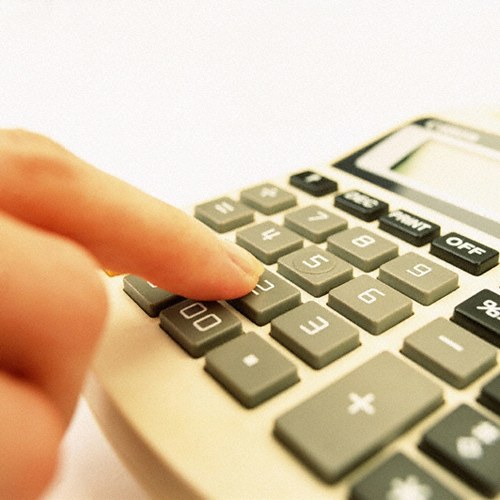Instruction
1
So, to find the ultimate balance of active and passive accounts, the balance figure at the beginning of the month negotiable add an indicator on the turnover, which is located in the same part of the bill right under the balance. And subtract working capital indicator, which is on the other side of the account. As a result, you will get the ending balance for the reporting month and the balance index at the beginning of the next month.
2
To simplify, use a formula that briefly displays what is described above: SK = SN ± ( D - K ). SK and SN - initial and final balance, e - debit and credit turnovers. With the active account before the bracket will stand plus, passive - negative.
3
To calculate the ending balance by groups of active and passive accounts intended for settlement relations with various debtors and creditors use a different rule.
4
For this indicator beginning balance fold with a turnover that is listed in the account on the same side, where the opening balance. A positive result will be the ending balance, which is located in the same part of the accounts as primary. Negative would mean that the balance indicator will move to the other side of the account.
5
If you don't have data beginning balance for active-passive account, determine the ending balance by comparing the turnover for the month and reflect in the part of the invoice where a negotiable indicator more. A detailed balance it is impossible to derive the conventional method in an active-passive accounts. This will require the data of analytical accounting.
6
Please note that the universal formula to calculate the ending balance for any accounting account looks as follows: SK = D - K ± SN. The sign of the initial balance will be positive if the value is in the debit of the account, and negative if in the opposite, that is, in the loan.









